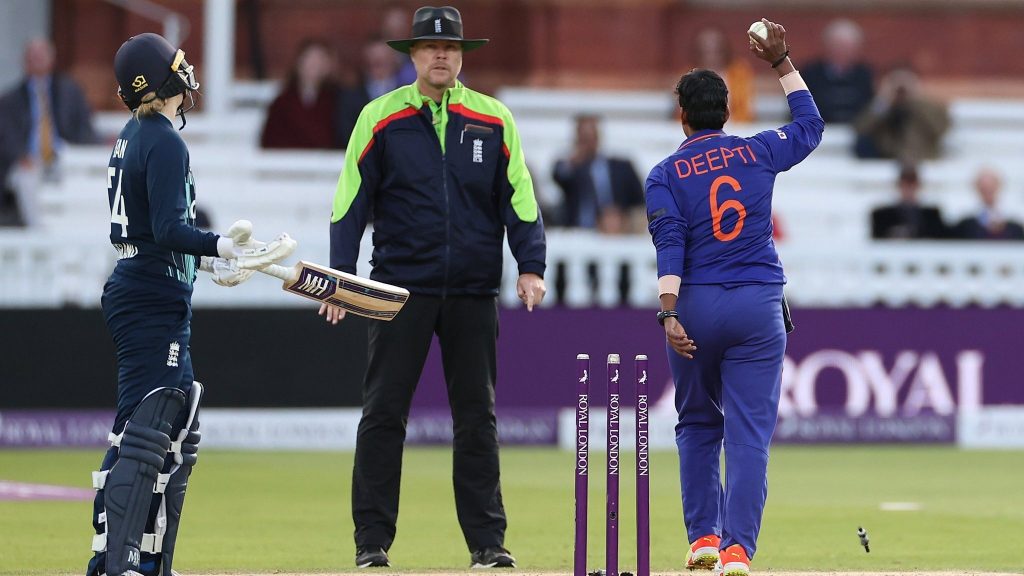Vinoo Mankad’s grandson wants the term ‘Mankad’ to stay in cricketing folklore

Even before Adam Zampa’s attempted run-out in the Australian league, the term “Mankading” aroused debate among players and spectators despite the dismissal being entirely lawful under the rules of the game. Todd Greenberg of the Australian Cricketers Association and Lee Germon of Cricket NSW, the leading administrators, made an attempt to initiate a movement this week to eliminate the deed from the name in order to show respect for the Mankad family.
In the midst of all of this, it was brought to everyone’s knowledge that Vinoo Mankad’s family members are actually proud of it and have no issue with it after Mankad’s grandson Harsh Mankad finally broke his silence on the subject and appealed to the cricket community to refrain from speaking for them.
“Personally, I’m always delighted to see my grandfather being remembered. I feel it to be a great honor for our name to be associated with a cricketing term. I’d love to see the “Mankad” or “Mankading” stay and keep alive his memories and legacy as a great competitor and sportsman deeply respected and admired by everyone I’ve met and those who knew him and experienced life with him,” Harsh was quoted as saying by the Sydney Morning Herald.
Vinoo Mankad first attempted Mankading almost 75 years ago
The technique is named after Vinoo Mankad, the former Indian cricketer who played 44 Test matches and was a sensation for Team India in the 1940s and 1950s. Ever since the Indian all-rounder famously ran out Australia’s Bill Brown at the non-striker’s end, which was over 75 years ago, the terms “mankad” and “mankading” have been used in cricket.
The method of Brown’s dismissal used to be essentially controversial until recently, but Australian legend Don Bradman, who was captain of the team when Mankad ran Brown out, publicly defended his Indian opponent’s strategy. After retiring from the game, he wrote a book Farewell to Cricket, where he defended Vinoo Mankad’s move by writing:
“For the life of me I cannot understand why. The laws of cricket make it quite clear that the non-striker must keep within his ground until the ball has been delivered. If not, why is the provision there which enables the bowler to run him out? Mankad was an ideal type, and he was so scrupulously fair that he first of all warned Brown before taking any action. There was absolutely no feeling in the matter as far as we were concerned, for we considered it quite a legitimate part of the game.”
